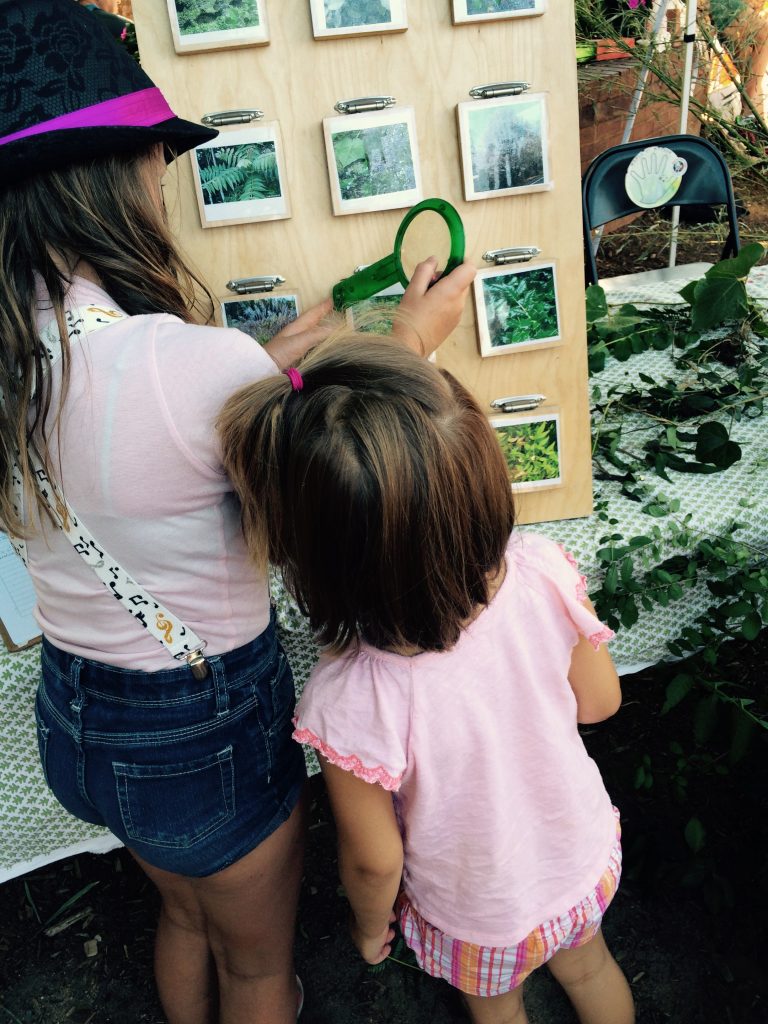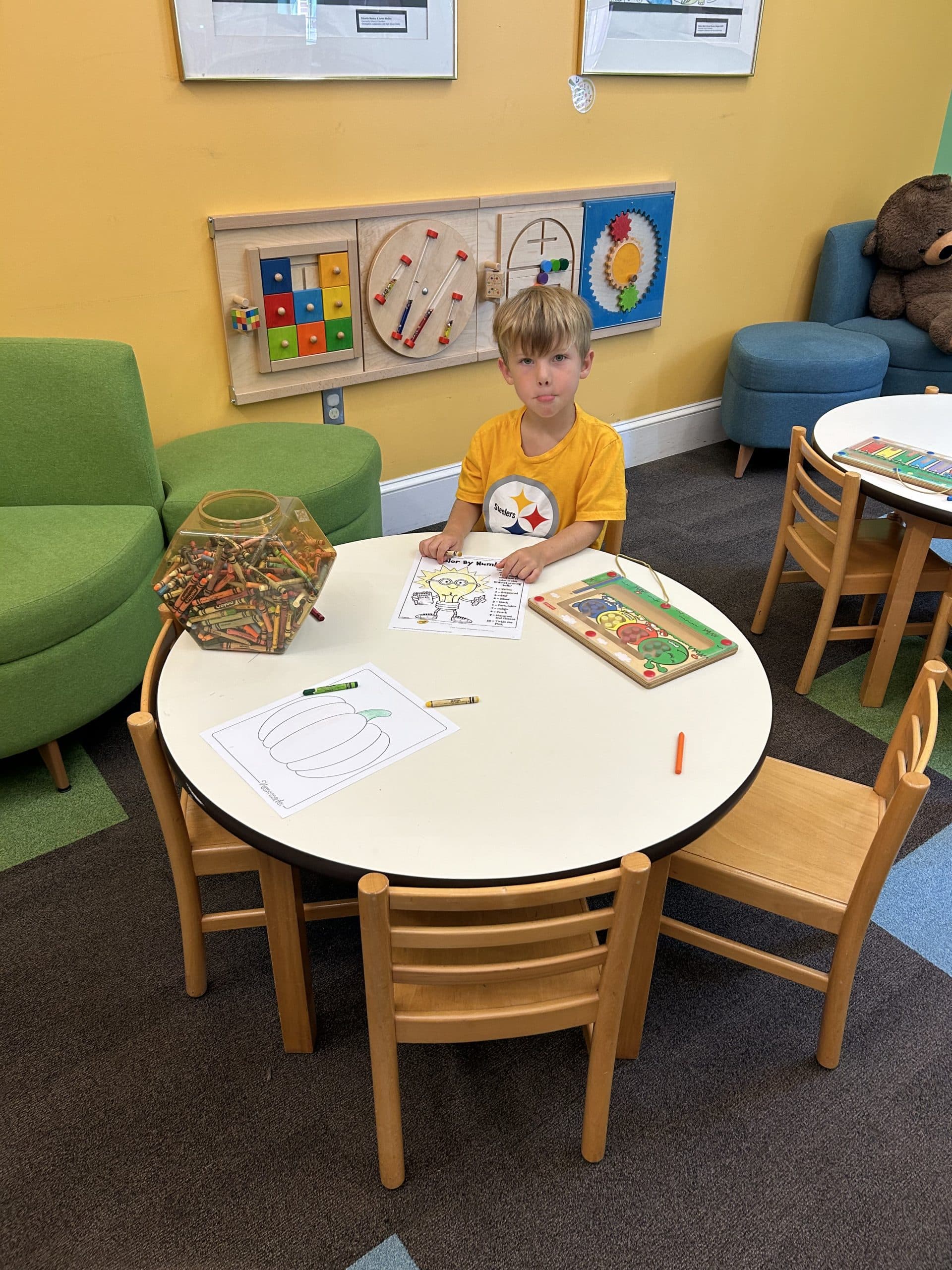There are several variables to consider when examining class size and student achievement. Studies show that it is best to have small classes in the primary grades (K-3) that consist of about 15 to 20 students. However, small classes benefit all grades.
Small classes provide the opportunity for personal attention and individualized help for students. Student-teacher ratios can be deceiving because most are based on the total number of school instructional staff divided by the total number of students enrolled in the school and not exclusive to the individual classroom.
Numerous studies have concentrated on assessing class size and student achievement. There are too many variables within the classroom setting: quality of the teacher, the home environment of the clientele, the rigor of the curriculum, and the attitude of the administration and school board, to name a few. Even considering these variables, some positive results have been shown through:
• Small classes show gains in achievement when there are fewer than 20 students.
• There are stronger gains with students who have experienced small classrooms in the primary grades.
• Small classes result in fewer students repeating a grade.
• Lower high school dropout rates are attributed to students in smaller classes.
One study conducted in Tennessee, The STAR Project found positive effects of early and very large class-size reductions on academic achievement.
Class size has been debated for years.
• Students feel more comfortable voicing their opinions and participating in classroom discussions.
• Teaching methods become more student-centered.
• Student attendance is high because they know they will be missed if they are absent.
• Student-centered activities such as role-playing, storytelling, music, board games, technology, and fieldtrips are more likely to occur with smaller classrooms.
• There are fewer classroom behavior interruptions.
• Teachers have more time to provide constructive feedback to students and prepare better assessments for student and parent conferences.
Smaller classrooms of no more than 22 are the right approach to improving education with long-term benefits. Economically, small classrooms result in less retention and fewer student referrals for special education. With conflicting evidence of the small versus the large classroom, it is common sense that public school children will do better in smaller classes. It’s time both parents and teachers push for smaller class sizes and make policymakers and school boards understand its value.



